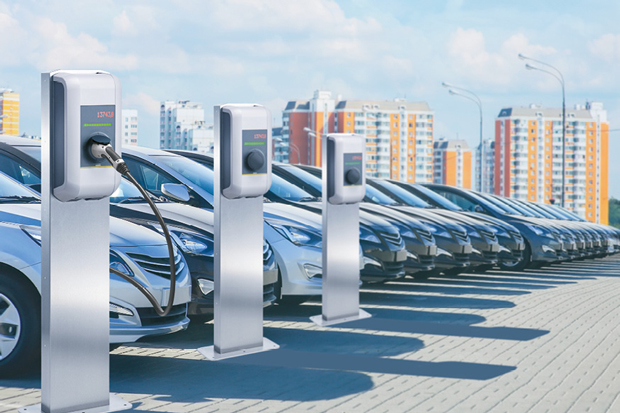 STEVE MURPHY, MANAGING DIRECTOR, APT SKIDATA
STEVE MURPHY, MANAGING DIRECTOR, APT SKIDATA
Today with the peaks and troughs in workplace attendance, when it comes to the office car park, many employees and visitors have become accustomed to not having to rush to get a space in the morning, and even in some shared office experiences, not having to stick to their number of allocated bays.
But alongside with an increase in demand for electric vehicle (EV) charging bays many organisations need to determine how many people need them? How many people want them? How many discussions are there in the office asking for people to move their car after four hours so that someone else can charge?
This additional complexity usually falls on the facilities management team to manage. It requires finding new ways of working and using digital platforms to reduce peaks in demand and save time and money. We need to find a different way to reduce or better manage the peaks, create the capacity to save a money and, more importantly, save time.
MULTI-TENANT USAGE
A common issue with commercial premises is where there are multiple tenants, each with several paid for spaces in the car park. In many cases, the new EV evolution has complicated this even more because they are not standard spaces allocated to one company, they are available for anyone to use. Working with technology to fully understand what tenants need is critical. Does it matter if there are 20 people registered if only 10 are ever in? Is your goal to generate revenue? Is your goal to reduce cost or improve the service you provide? Is there a way to offer more spaces but have the data to ensure you maximise the usage for the day or even the week ahead?
Is there a world where bays could be reserved for an EV driver by pre-booking? Does this stop the phone calls and emails asking who is parked in EV bay three?
IT’S ALL ABOUT EV
The number of electric vehicles is vastly greater than the number of EV chargers. We always need more, and we need more in the places where people go, and available at a time convenient to them. In particular, we see this is towns and cities. However, there is also a huge potential for facilities management teams to utilise the space outside of regular business hours to generate additional revenue.
Offices and schools, for example, are only really utilised during the working day, and generally unoccupied after 7:00pm until 7:00am the following morning. That leaves 12-hours every day when they are effectively empty; and 48-hours every weekend.
This provides an opportunity to offer EV charging services to local residents during those hours, or to work with entertainment venues in town centres, guest parking for hotels, or patient and visitor reservations in nearby hospitals. And if you’re near to a football stadium or sports ground, office space could also be made available for matchday parking, making better use of land that is otherwise sitting empty.
By understanding customers’ needs, utilising digital platforms, and exploring new revenue opportunities, facilities management teams can provide better services, save costs, and contribute to a more sustainable future. It is all about your customer, your environment and what opportunities there are around you.






